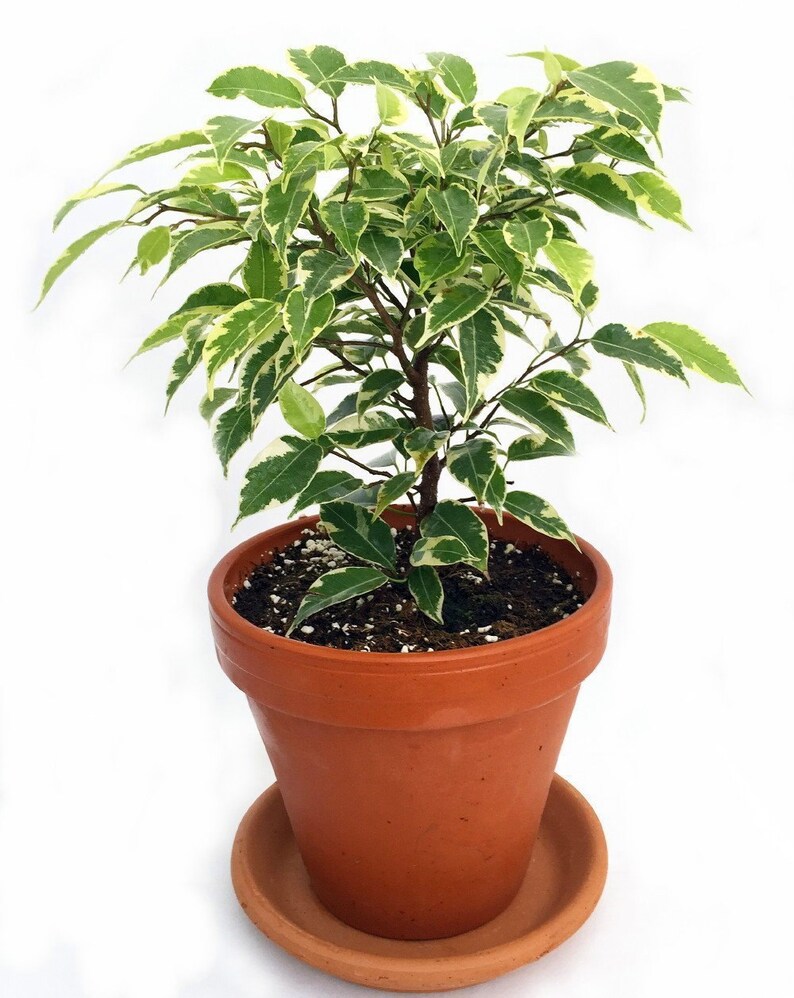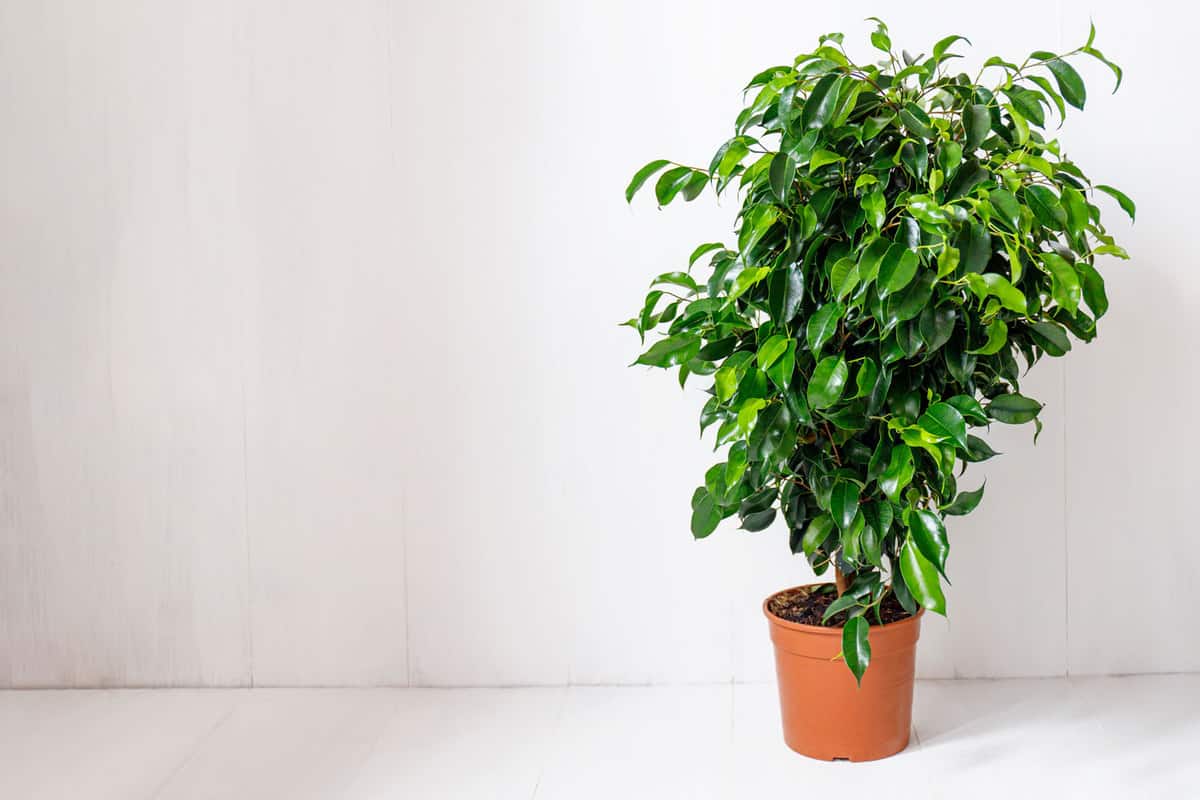Hello, plant lovers! Today, we’re delving into the world of the Weeping Fig, also known as Ficus benjamina, a beloved houseplant that has graced many homes with its elegant stature and lush foliage. As a plant enthusiast who has a special fondness for these leafy beauties, I’m excited to share with you the ins and outs of Weeping Fig care. So, let’s embark on this green journey together and learn how to make your Weeping Fig thrive.

🌞 Light: The Key to Lush Leaves
The Weeping Fig has a particular affinity for just the right light conditions. It loves bright, indirect light, much like a dappled forest floor.
Optimizing Light for Your Weeping Fig:
- Bright, Indirect Light: Place near a window where it can bask in plenty of light without being scorched by the direct sun.
- Avoid Frequent Changes: Weeping Figs don’t like to be moved. Find a bright spot and let it be.
- Rotate Regularly: To encourage even growth, give your plant a quarter turn with each watering.
💧 Water: Striking the Perfect Balance
Watering your Weeping Fig correctly is crucial to its well-being. These plants prefer a consistent watering schedule.
Watering Wisdom for a Happy Weeping Fig:
- Check the Soil: Water when the top inch of soil is dry to the touch.
- Less Water in Winter: Reduce watering in the cooler months when growth slows.
- Drainage is a Must: Ensure your pot has good drainage to avoid waterlogging the roots.
🌡️ Environment: Creating a Cozy Atmosphere
The Weeping Fig flourishes in a stable environment where it feels right at home.
Ideal Environmental Conditions:
- Consistent Temperature: Aim for 65-75°F (18-24°C). Avoid drastic temperature swings.
- Humidity Matters: Weeping Figs enjoy a bit of humidity. A pebble tray or humidifier can help.
- Shield from Drafts: Keep away from air vents, heaters, and drafty windows.
🌱 Growth: Watching Your Fig Flourish
One of the joys of caring for a Weeping Fig is observing its growth and transformations.
Understanding Your Weeping Fig’s Growth:
- Moderate Growth Rate: With proper care, your Weeping Fig will grow steadily.
- Pruning for Shape: Prune in the spring to maintain your desired shape and size.
- Leaf Drop: Don’t panic if it drops some leaves when adjusting to a new environment. It’s normal.
🪴 Repotting: Room for Roots
Repotting your Weeping Fig is an essential step in ensuring its long-term health and growth.
Steps for Successful Repotting:
- When to Repot: Typically, every 2-3 years, or when roots become crowded.
- Choosing the Right Pot: Select a pot that’s slightly larger than the current one.
- Suitable Soil: Use a well-draining potting mix to provide adequate support and nutrients.
- Gentle Transplanting: Be cautious with the roots to minimize stress on the plant.
🌿 Propagation: Sharing the Fig Love
Propagation can be a bit tricky with Weeping Figs but not impossible.
Propagation Techniques:
- Air Layering: This is the most effective method for propagating Weeping Figs.
- Patience is Key: It takes time for the new roots to develop, so be patient.
🐾 Pet Safety: A Word of Caution
It’s important to note that Weeping Figs are toxic to pets if ingested. They can cause irritation and digestive discomfort in cats and dogs.
Keeping Your Pets Safe:
- Elevate Your Plant: Keep it out of reach of curious pets.
- Monitor Your Furry Friends: Be vigilant and prevent them from nibbling on the leaves.
For more detailed information about the Weeping Fig, do check out its Wikipedia page.
Caring for a Weeping Fig is a wonderful journey. With proper care in terms of light, water, and environment, your Weeping Fig will not only survive but thrive, adding a touch of elegance and green serenity to your space. Enjoy the process of nurturing this beautiful plant and watch as it becomes a stunning centerpiece in your home or office. 🌿🌳
Megan Stewart, a houseplant aficionado and biologist, resides in the city of Portland, Oregon, USA. Her passion for greenery is matched only by her academic prowess; Megan holds a degree in Biology from the University of Oregon. This background has provided her with a rich understanding of the biological intricacies of plant life, which she skillfully applies to her collection of indoor plants.
Megan's home is a testament to her love for all things green, filled with a diverse array of houseplants ranging from exotic orchids to robust succulents. When she's not tending to her indoor garden, she spends her time with her beloved pets, a constant source of companionship and joy. Her articles are a reflection of her life's passions, offering readers a blend of practical plant care advice, and insightful biological tidbits.
Through her writing, Megan aims to inspire others in the USA and beyond to create their urban jungles and foster a deeper connection with nature.


